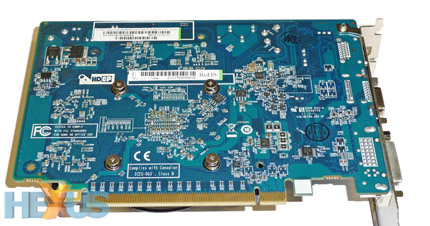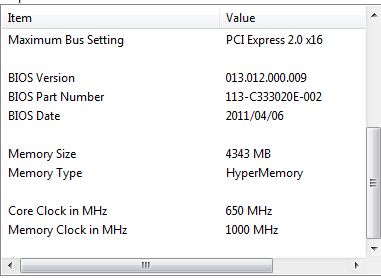Mid-range machinations
AMD released three mainstream Radeon 6000 series cards last week. Though they are incremental improvements over extant 5-series technology, we reckon that readers looking for an entry-level card would do well to put the HD 6450, 6570 and 6670 on their shortlist.
The Radeon HD 6570 was the one card not included in the original review; AMD preferred to have them sampled via add-in board partners. Sapphire has duly obliged with the fastest of its quartet of HD 6570 offerings.
You see, partners are able to pair the 650MHz-clocked, 480-core GPU with varying memory configurations - size, speed, GDDR5 or DDR3 - to hit certain price points. This one has 512MB of GDDR5 memory humming along at an effective 4,000MHz, and while the board-mounted memory is small by today's standards, it's consolidated by Hyper Memory - where system RAM is used to provide an additional frame-buffer when the going gets tough.
The HD 6570 G5 cooling has been brought over from the HD 55x0 card. This makes sense because it minimises the research and development work needed when bringing an all-new cooler to market.
Sapphire's known to mix and match outputs on a per-card basis. This one's plumbed out with VGA (why?), dual-link DVI and an HDMI v1.4a connector. All three can be used to drive a trio of monitors - for productivity more than gaming - under the auspice of AMD's Eyefinity technology.
We'd bin the VGA and include a DisplayPort connector, but that would add a few pennies to the retail cost, which is some £55 for this card.
Being a mainstream card means no external power is required to drive the GPU, and while two-card CrossFireX is supported, inter-GPU transfers take place over the motherboard's PCIe bus.
The way the board is laid out suggests that a half-height card, particularly suitable for HTPCs, is eminently possible. What's more, the board's 60W power-draw figure also means that it can be cooled with a passive heatsink; we're sure to see a Sapphire ULTIMATE (passive) card before too long.
512MB of GDDR5 memory chips are included on the topside. As mentioned earlier, these are backed by Hyper Memory support. Our test system runs 8GB of system memory, and this translates to an additional 4.3GB frame-buffer under Windows 7 and Vista.
Of course, the speed of this 'extended' memory is considerably slower than the board-mounted GDDR5, but having a safety net, accessed through the PCIe x16 bus, means that Sapphire can help ameliorate the performance at, say, a 1080p resolution.













